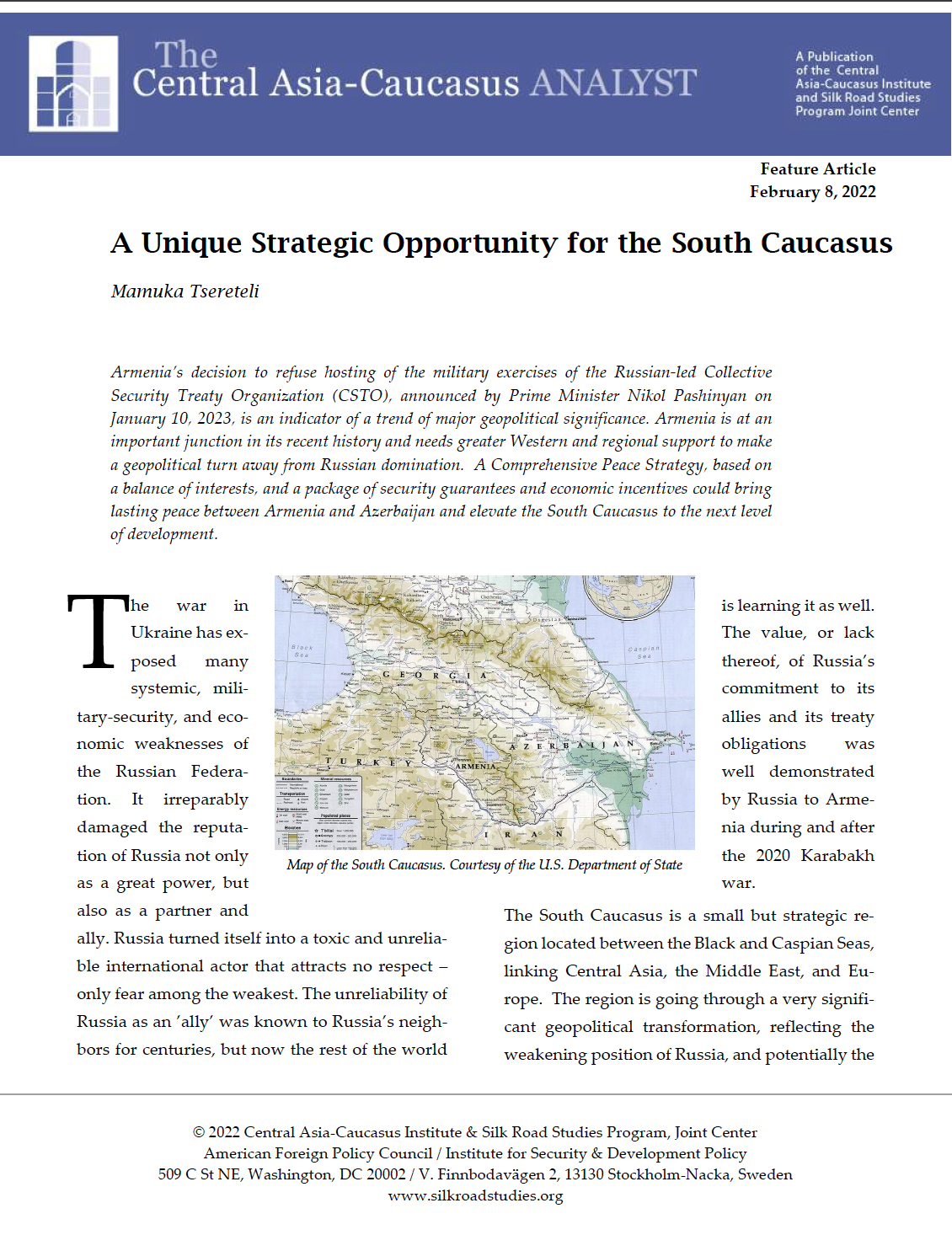Armenia and Azerbaijan: The Distant Perspective of Peace, Cooperation and Narratives of Trust
By Intigam Mamedov
March 21, 2024
On February 13, 2024, a new border skirmish took place between Armenia and Azerbaijan, months after Baku regained its territories in Nagorno-Karabakh. While the sides accuse each other of provocations, such incidents could also lead to larger clashes. While a peace deal is needed in order to put an end to the decades-long conflict, reaching an agreement will take time. Meanwhile, to encourage it, both states should now focus on trust-building initiatives, particularly in the humanitarian, economic, and environmental areas. Such short-term initiatives have the potential to assist and stimulate the evolution of new narratives on peaceful coexistence – a challenging but vital task for current and future generations.
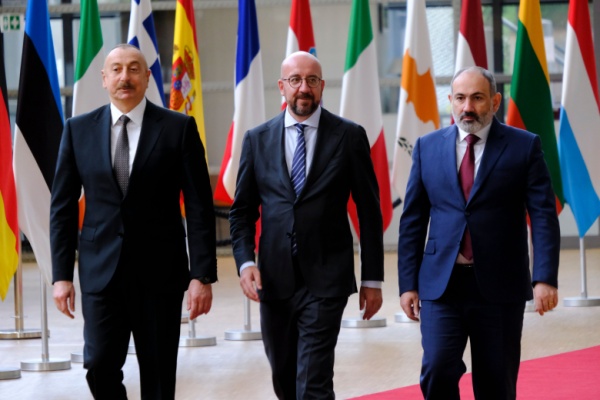
Pashinyan Between Armenia and Azerbaijan: The Curse of Radical Changes
By Mehmet Fatih Oztarsu
February 27, 2024
Armenian Prime Minister Nikol Pashinyan seeks a new path forward following Azerbaijan’s seizure of Nagorno-Karabakh and the radical shift in regional dynamics in the South Caucasus. His initiatives aim to revitalize Armenia and resolve longstanding issues, forging a new regional posture. However, domestic divisions and external challenges complicate his efforts. Azerbaijan has not responded to his calls for alternative cooperation while he remains skeptical of Azerbaijan’s overtures. Therefore, Pashinyan prefers to deal with Armenia’s domestic priorities and move carefully towards regional cooperation.
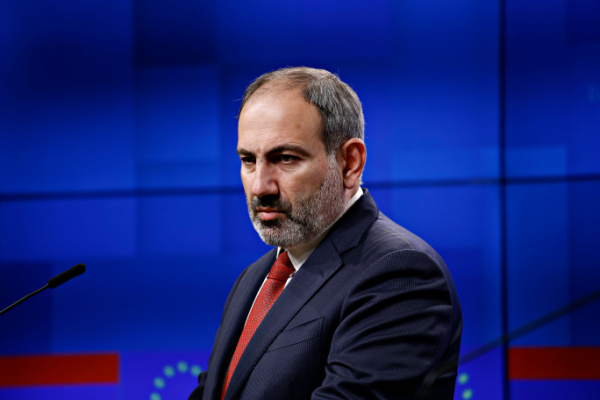
Is the Aras Corridor an Alternative to Zangezur?
By Vali Kaleji
February 5, 2024
Iran and Azerbaijan recently agreed to establish a transit route called the “Aras Corridor.” It is intended to pass through the Iranian province of East Azerbaijan and connect the village of Aghband in the southwestern corner of the Zangilan District to the city of Ordubad in southern Nakhchivan. Bypassing Armenia, the Aras Corridor could present an alternative to the Zangezur Corridor with the potential of reducing Iran’s concerns for its common border with Armenia. However, if Armenia and Azerbaijan sign a peace treaty and Armenia and Turkey establish diplomatic relations, the current advantages of the Aras Corridor will be reduced. These equations will change only if Nikol Pashinyan’s government falls and the nationalist and conservative movements opposing peace with Azerbaijan and normalization of relations with Turkey come to power in Armenia.
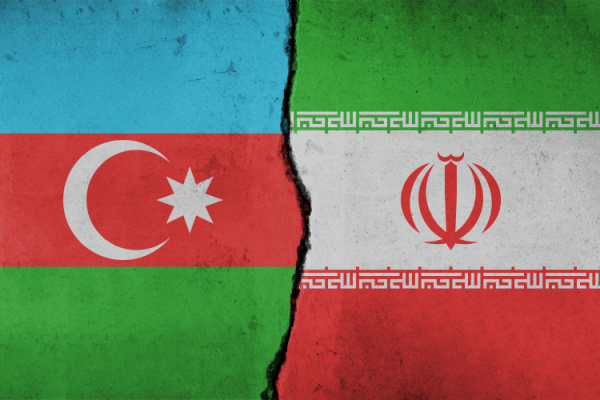
Is it America’s Hour in the Caucasus?
By Stephen Blank
July 10, 2023
On May 4 Secretary of State Blinken announced that the negotiations between Armenia and Azerbaijan had made progress and that an agreement that would terminate the thirty-year war over Nagorno-Karabakh was “within reach.” While much more negotiation is obviously necessary and will be difficult, this announcement, if true, is an epochal one whose ramifications spread from Europe to the Middle East and Central Asia. It also reflects the fact that security in the Caucasus cannot be considered separately from a discussion of international order in those three regions. If Washington can broker or mediate an end to this war it, with the support of the EU whose prior initiative has been the basis for its approach, will become the primary foreign power and even possibly security manager in the Caucasus.
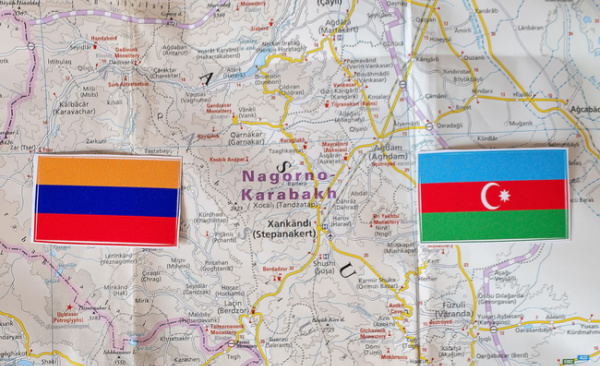
A Unique Strategic Opportunity for the South Caucasus
By Mamuka Tsereteli
February 8, 2022
Armenia’s decision to refuse hosting of the military exercises of the Russian-led Collective Security Treaty Organization (CSTO), announced by Prime Minister Nikol Pashinyan on January 10, 2023, is an indicator of a trend of major geopolitical significance. Armenia is at an important junction in its recent history and needs greater Western and regional support to make a geopolitical turn away from Russian domination. A Comprehensive Peace Strategy, based on a balance of interests, and a package of security guarantees and economic incentives could bring lasting peace between Armenia and Azerbaijan and elevate the South Caucasus to the next level of development.
